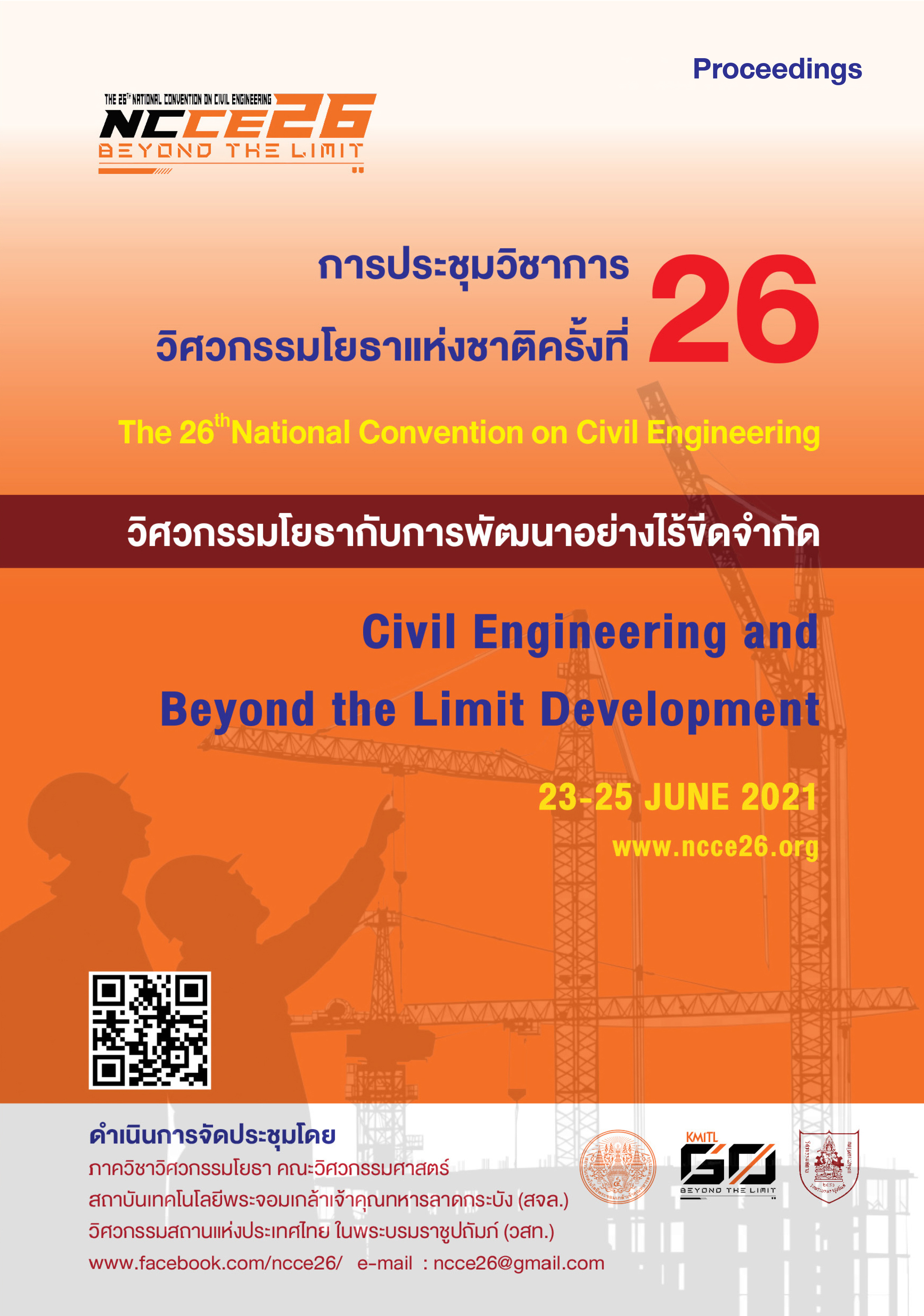Factors influencing Walkability for accessing Green Spaces within Housing Estates
Keywords:
Walkability, Green space accessibility, Housing estates, Artificial neural network (ANN) model, Non-motorised transportAbstract
Incorporating walkable elements into transport planning decisions has been gaining increased attention in recent years. Walkability, the degree to which the built environment supports and encourages residents to have convenient access to a range of services and amenities within walking distances, is considered as one of the key aspects for creating more liveable and self-sufficient communities. However, there are various factors contributing to improved residential walkability including not only the physical built environment features, but also residents’ travel behaviour and socio-demographic characteristics. This research thus aims to investigate walkability and relevant influencing factors, focusing on walking behaviours of the residents living in housing estates to access their green spaces (i.e. residential parks). Artificial Neural Network (ANN) models were applied to the data collected from housing estate residents in Bangkok Metropolitan Region. The models were formulated in an attempt to correlate the residential walkability, in this case the walking distance from their houses to the park in the housing estate, to any potential influencing factors such as residents’ socio-demographic characteristics and their attitudes towards walking, physical walkway environment features. The results show that the walking distances vary in accordance with gender, age and income of the residents. While middle-aged males with high income were capable to walk farthest, elderly women with low income have the shortest preferred walking distance. Moreover, stronger effects on travel behaviour change for the residents living in high-walkable communities. For example, shady walkways have more chances to enable the residents to walk further. These results could be used as guidelines that assist real estate developers and planning authorities to locate residential green spaces for the projected areas.
Downloads
Downloads
Published
How to Cite
Issue
Section
License
บทความทั้งหมดที่ได้รับการคัดเลือกให้นำเสนอผลงานในการประชุมวิชาการวิศวกรรมโยธาแห่งชาติ ครั้งที่ 26 นี้ เป็นลิขสิทธิ์ของ วิศวกรรมสถานแห่งประเทศไทย ในพระบรมราชูปถัมภ์



